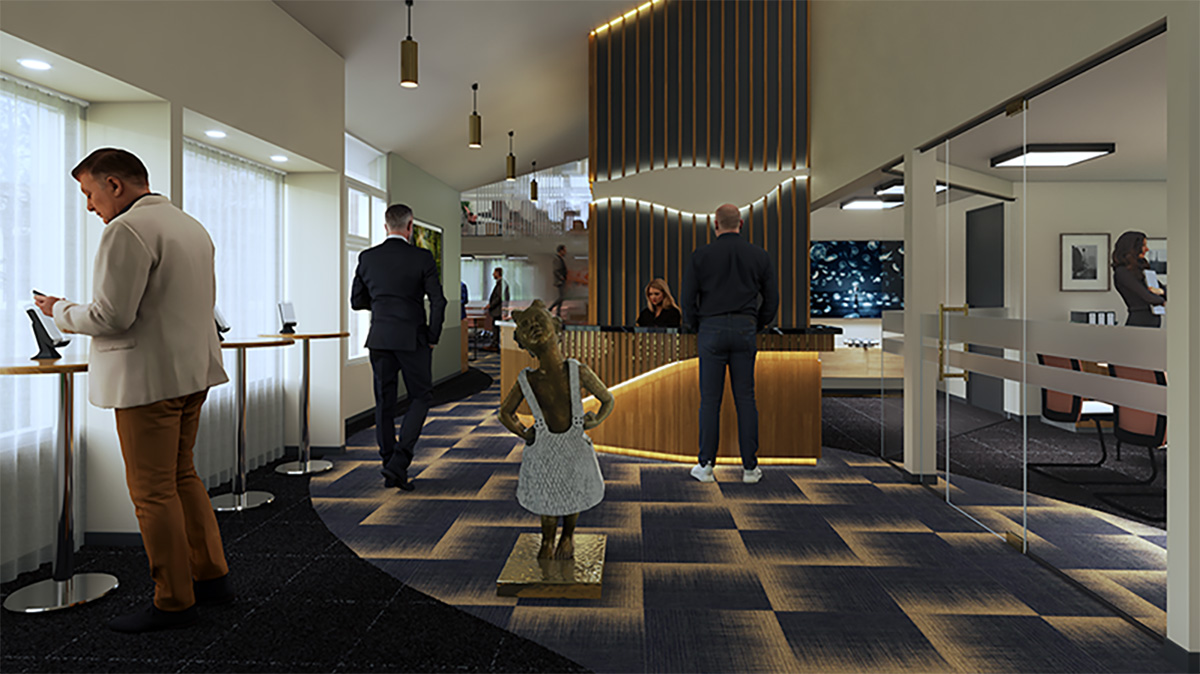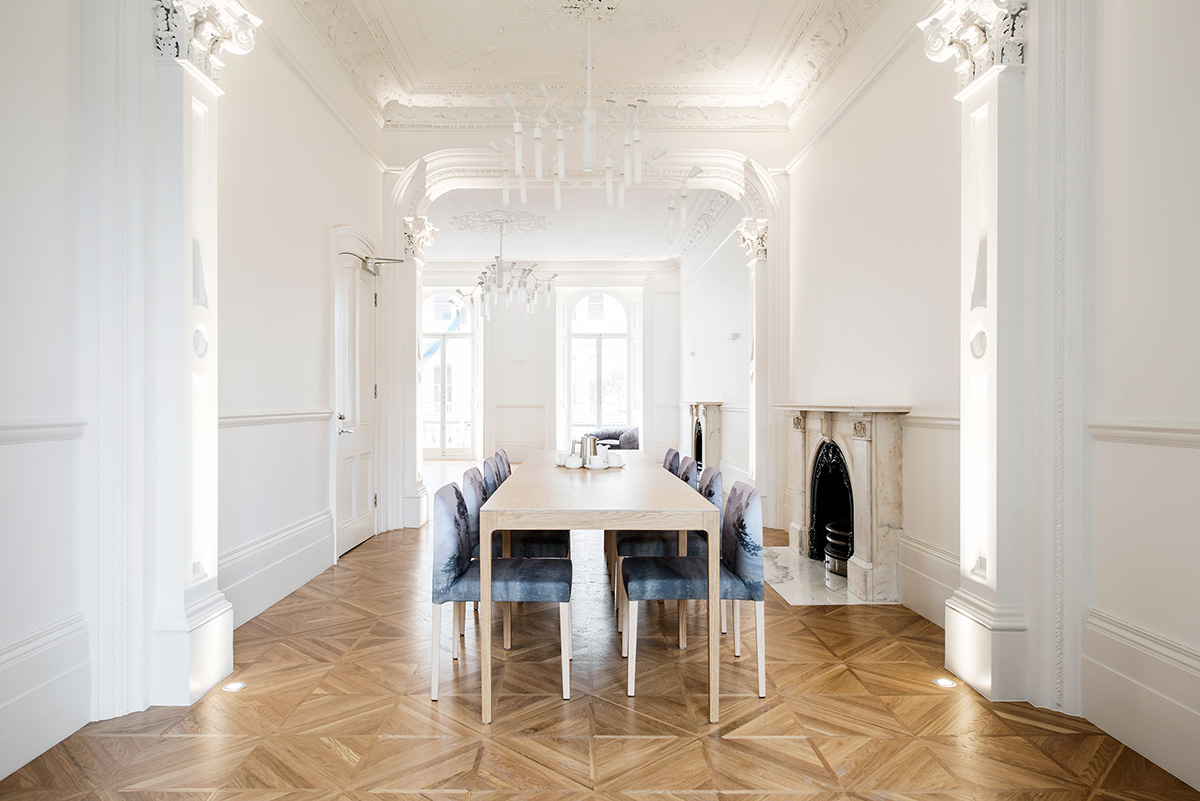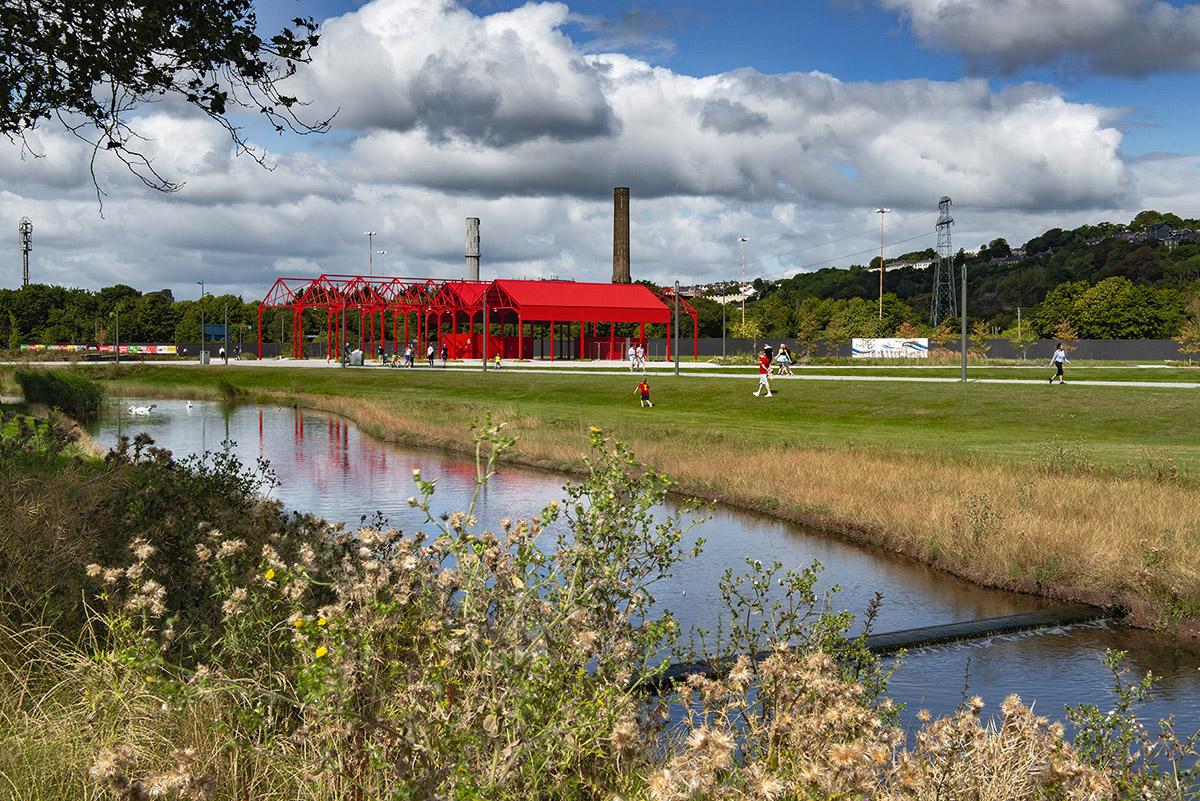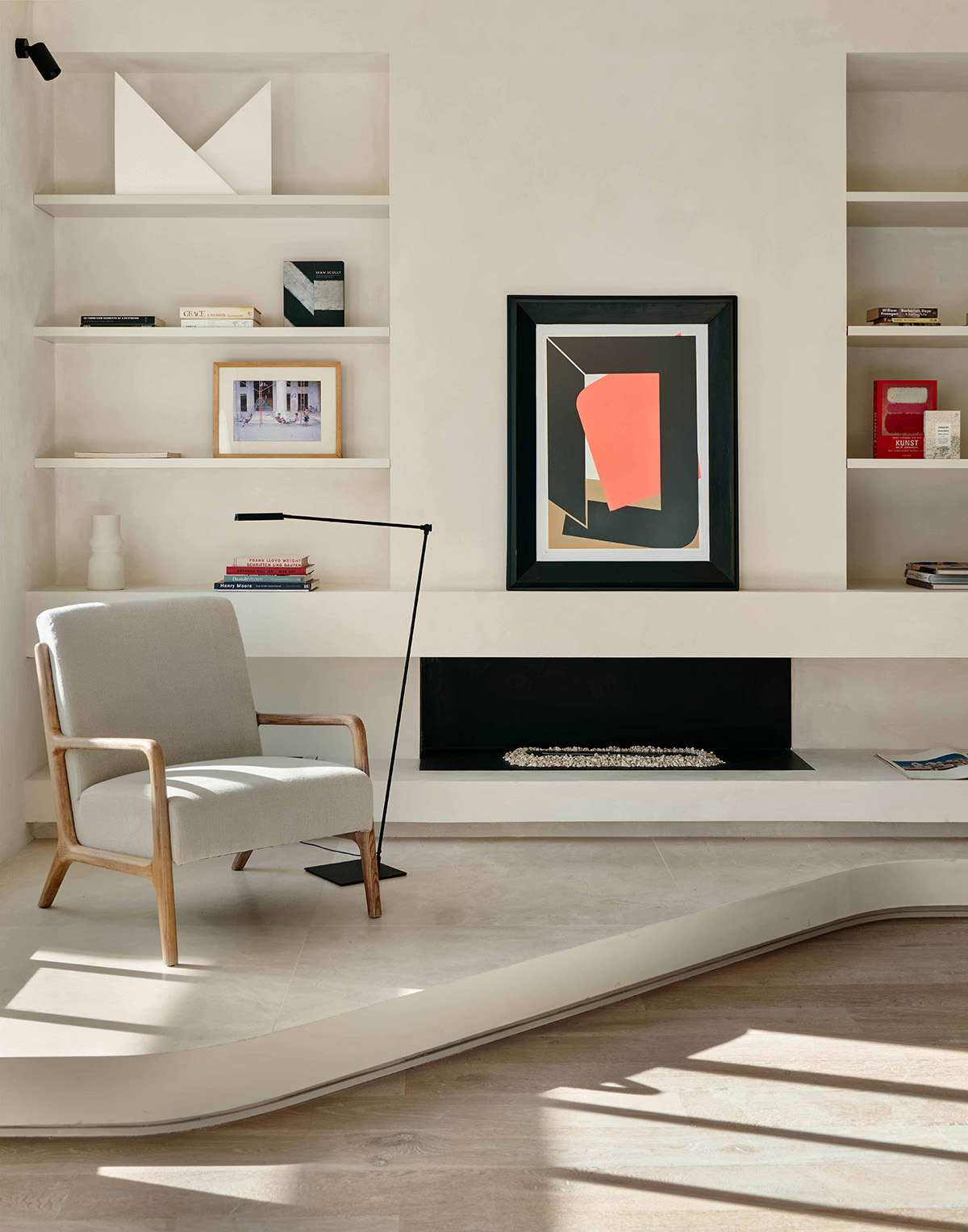WOHLERT Architects: Re-presenting the past
Text: Louise Older Steffensen | Photos © WOHLERT Arkitekter
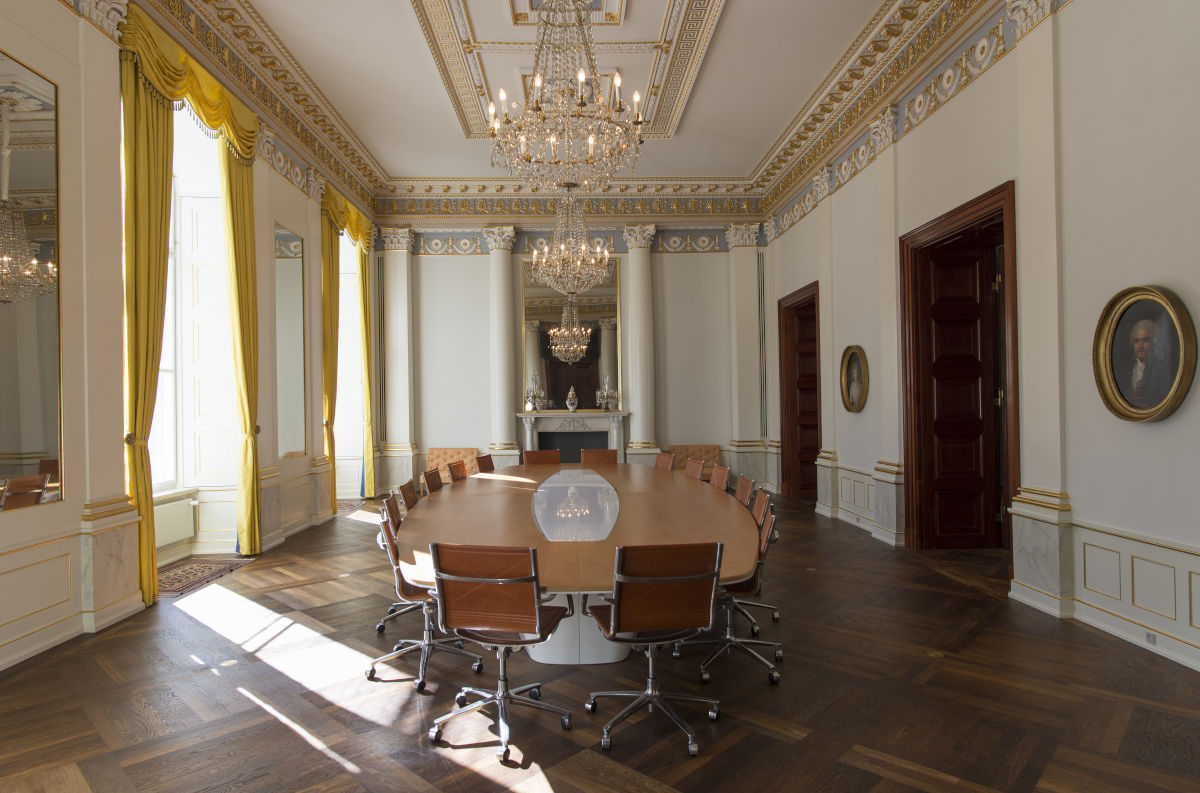
From Viking-age long halls to modern museums, WOHLERT Architects has a long and colourful history with, well, history. Founded by Vilhelm Wohlert, architect of the world-famous Louisiana Museum of Modern Art, WOHLERT has been carving out an interesting niche for itself since 1945, bringing old buildings back to their former glory and constructing new ones to curate cultural heritage for modern audiences.
Today, WOHLERT Architects is run by Wohlert’s protégés, Line Loftheim and Torben Schmidt, who, with their collective 45 years at WOHLERT, are fit to carry on its legacy: creating buildings that will last. ”I think what WOHLERT does is create seamless transitions between our world and the past,” Loftheim explains. ”One of best examples of this is the mid-18th-century Dehn’s Mansion in Copenhagen.” Tragically, a fire and subsequent water damage obliterated the house in 2010. It took WOHLERT six years to restore the building to its former glory, but they took advantage of the tragedy, turning the unused loft into a bright, functional space that beautifully reflects the mansion’s rococo and empire style but is unapologetically modern, ensuring the relevance of the building in the future.
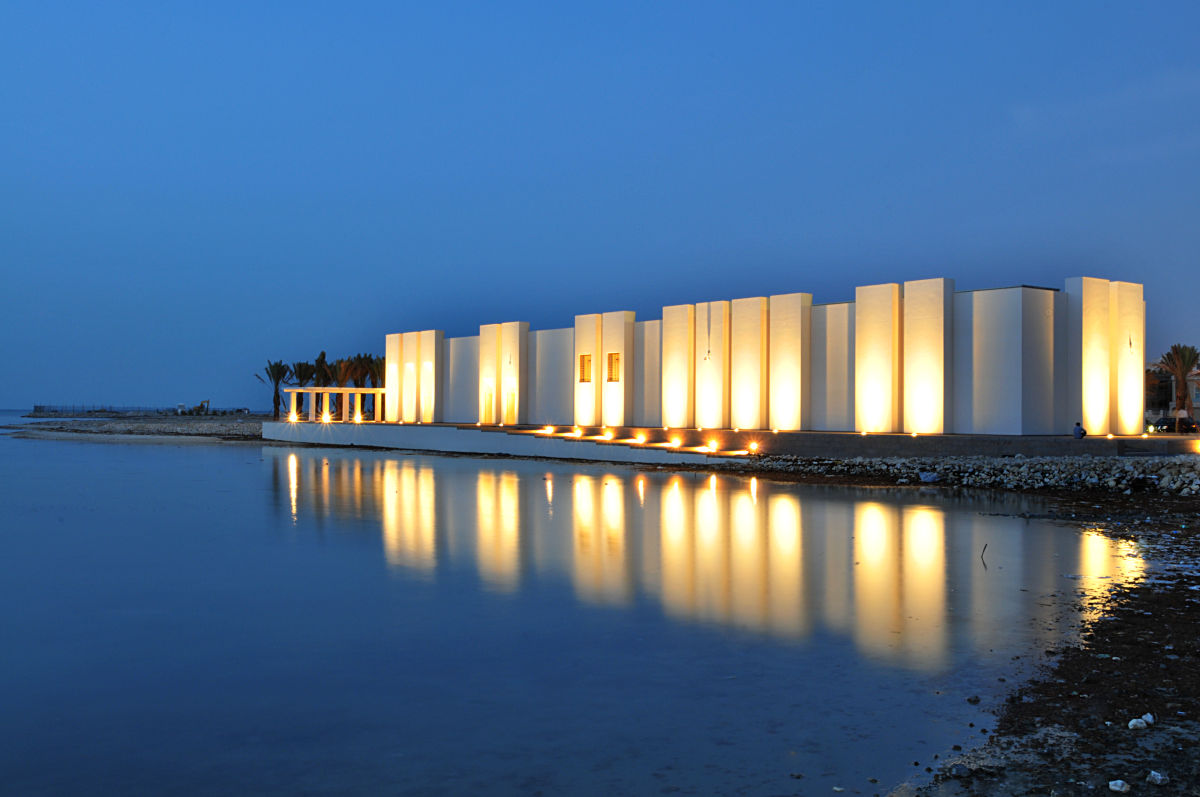
One of their modern buildings, the immersive Museum of Jelling, so impressed a visiting Bahrainian princess, that she asked WOHLERT to design her homeland’s Qal’at al-Bahrain Museum, to display Manama’s UNESCO-protected archaeological site. ”I think both our old and new structures share a reverence for their context,” Schmidt suggests. ”We have to understand the time, space and culture these buildings come from, but dare to acknowledge our own presence in them too. It was very exciting to encourage this meeting between two sometimes quite different modern cultures.”
In it for the long hall
Though each new project requires a great deal of preparation and collaboration, WOHLERT’s current work for Sagnlandet Lejre, may just take the cake, in terms of the sheer scope of it. ”We’re building a 62-metre-long Viking long hall,” Schmidt says. ”That’s certainly something we’ve never tried before, and nor has anyone else for about a millenium. The hall will be constructed using old-fashioned methods, so we’ve gone through an incredible amount of background material with the archaeologists.”
”It is uniquely challenging but great fun to build an eighth-century building for the 21st century,” Loftheim adds. ”This ancient-looking building has to adhere to modern regulations, have the necessary modern amenities and serve a modern purpose. It’s crucial that we’re respectful of and true to the past, but all our buildings must be functional, not just for the present, but for the future: That’s how we create long-term sustainability.”
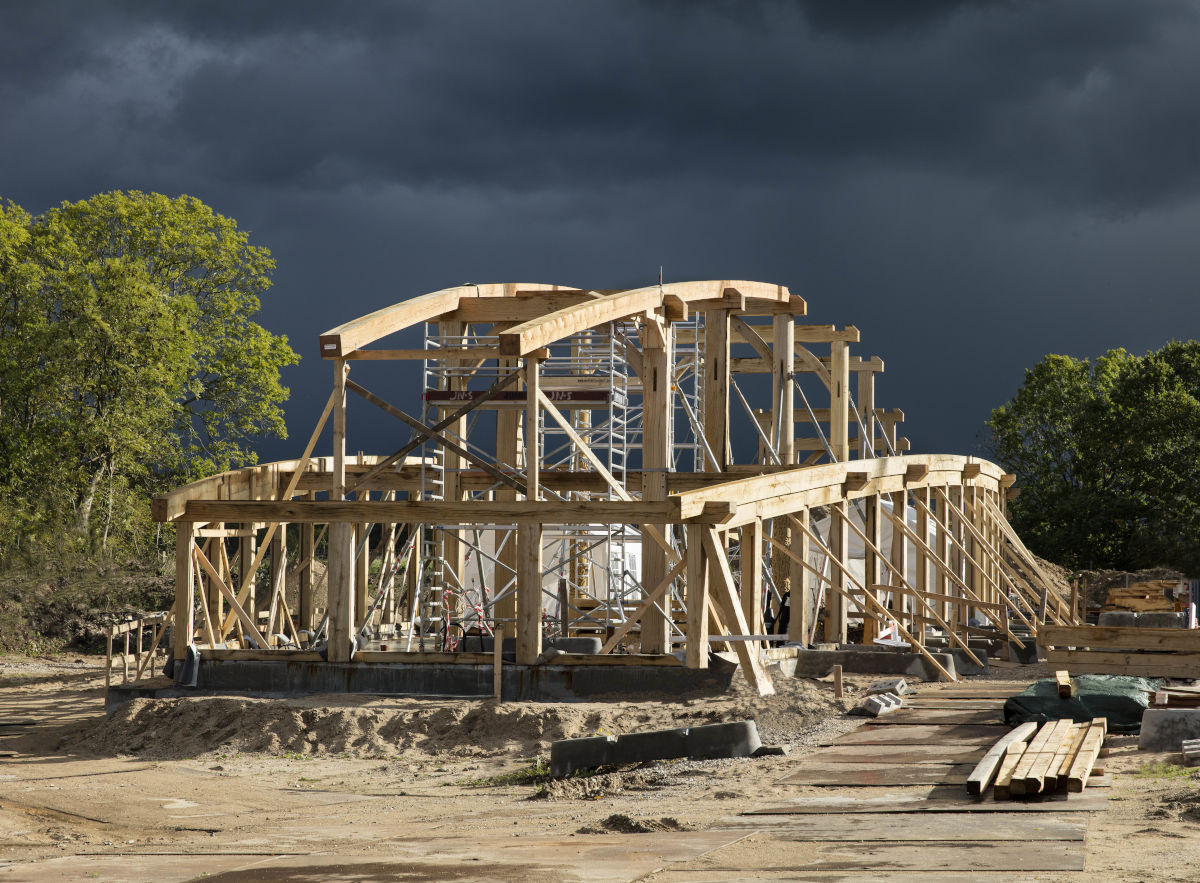
Subscribe to Our Newsletter
Receive our monthly newsletter by email

